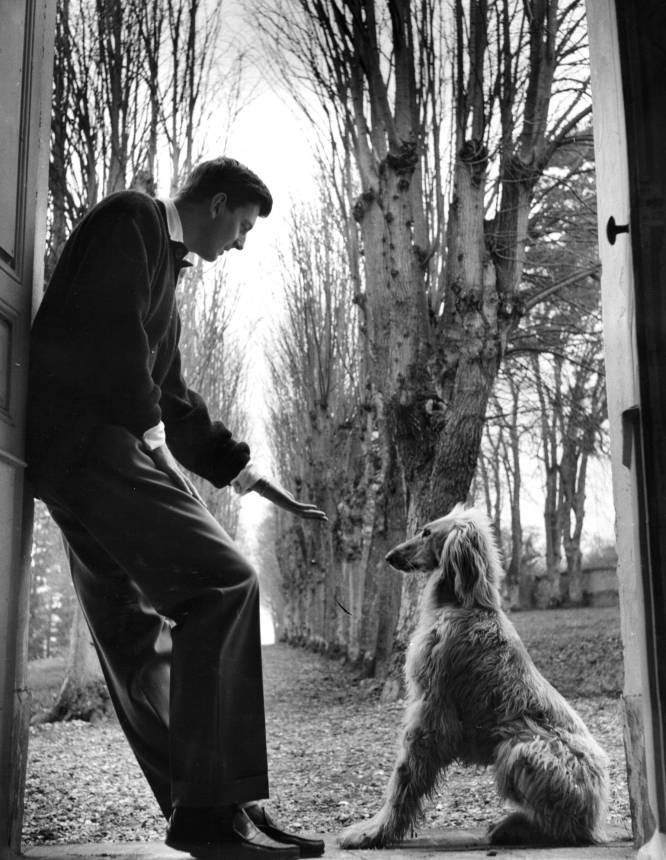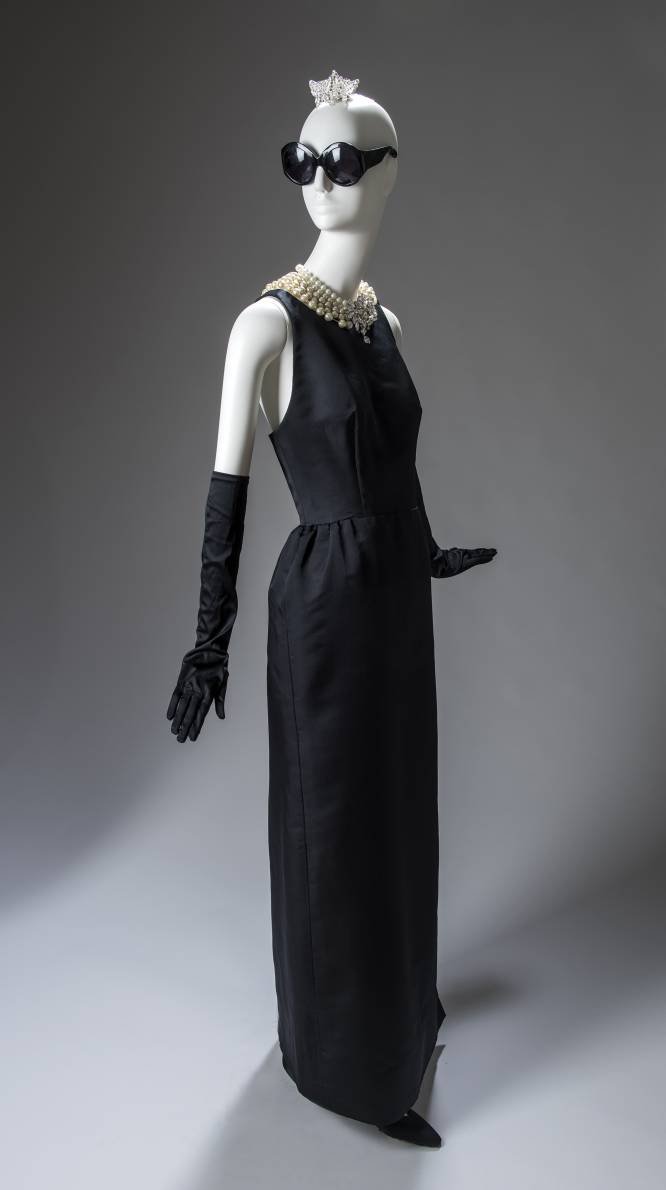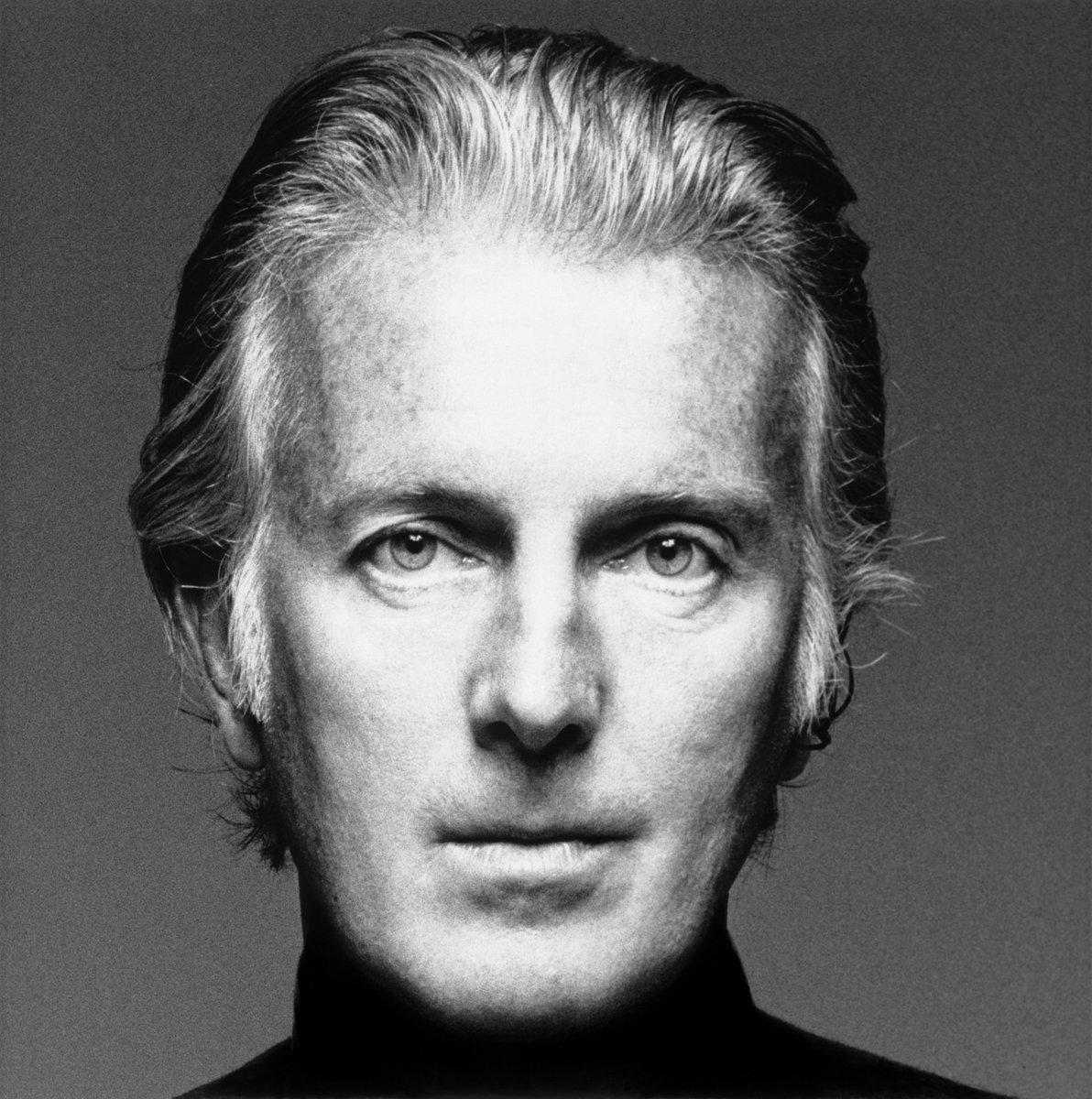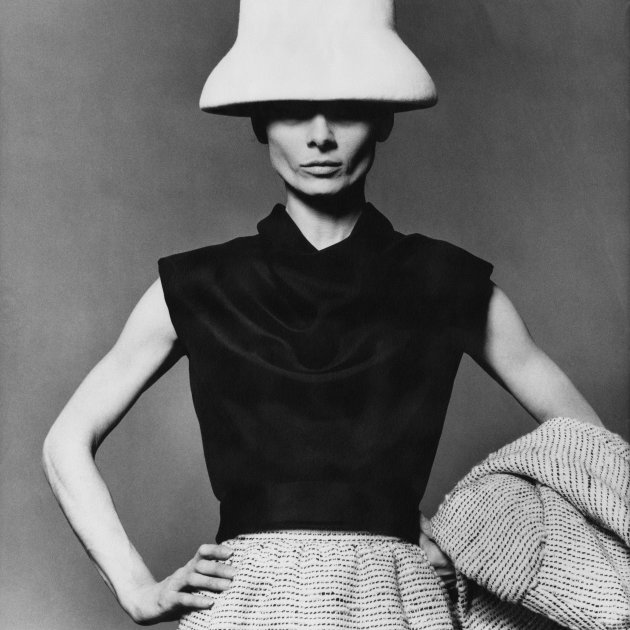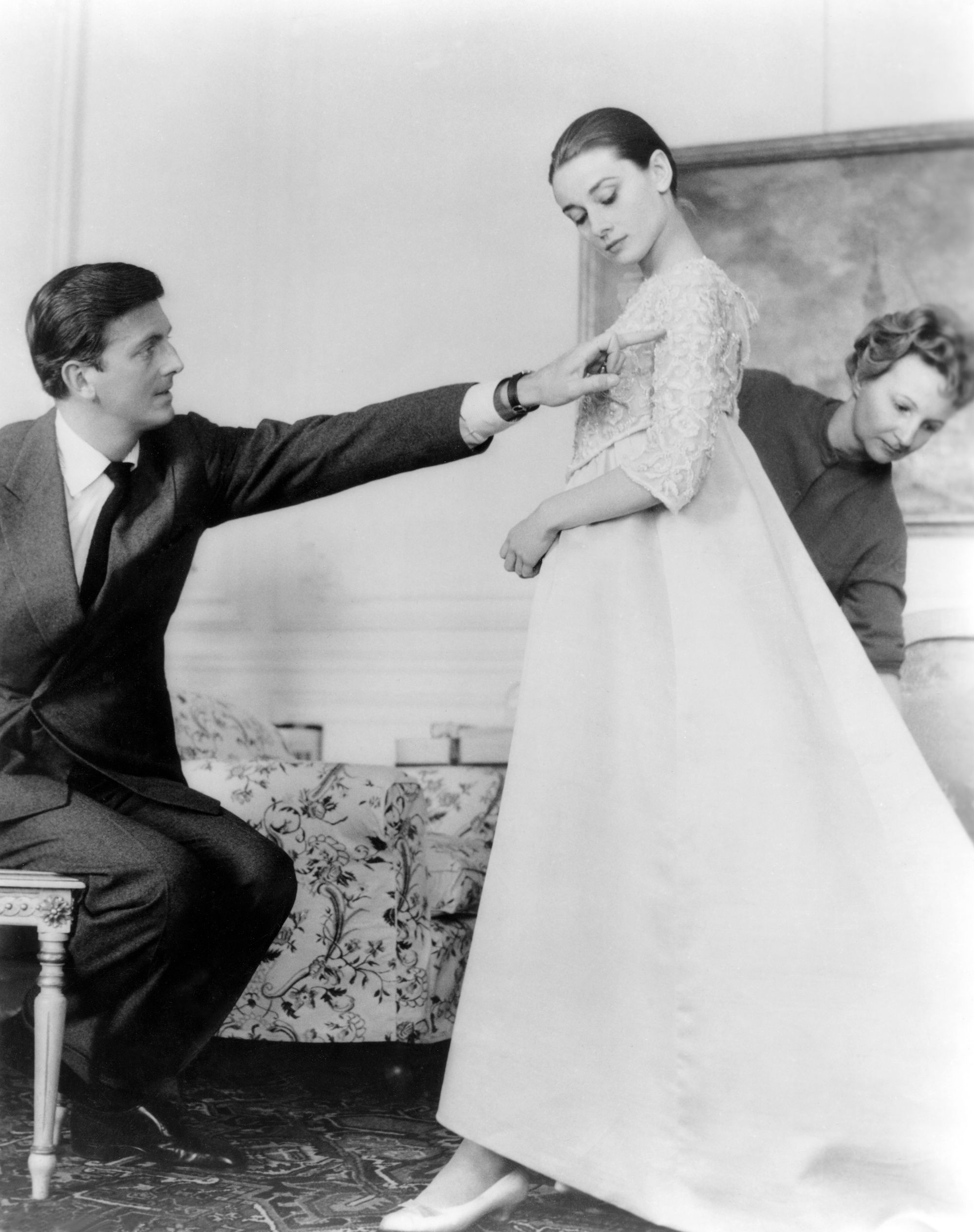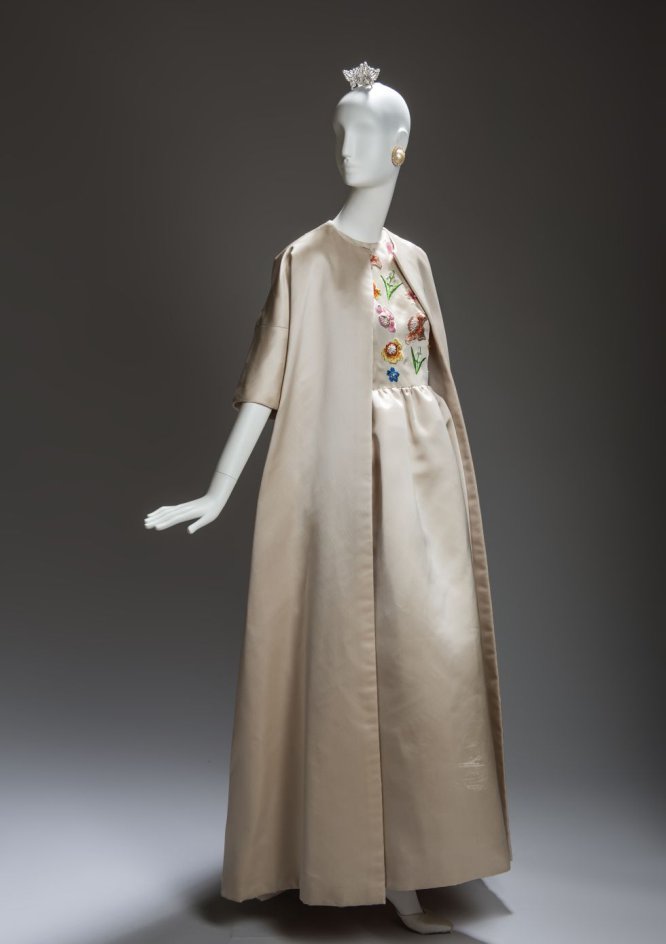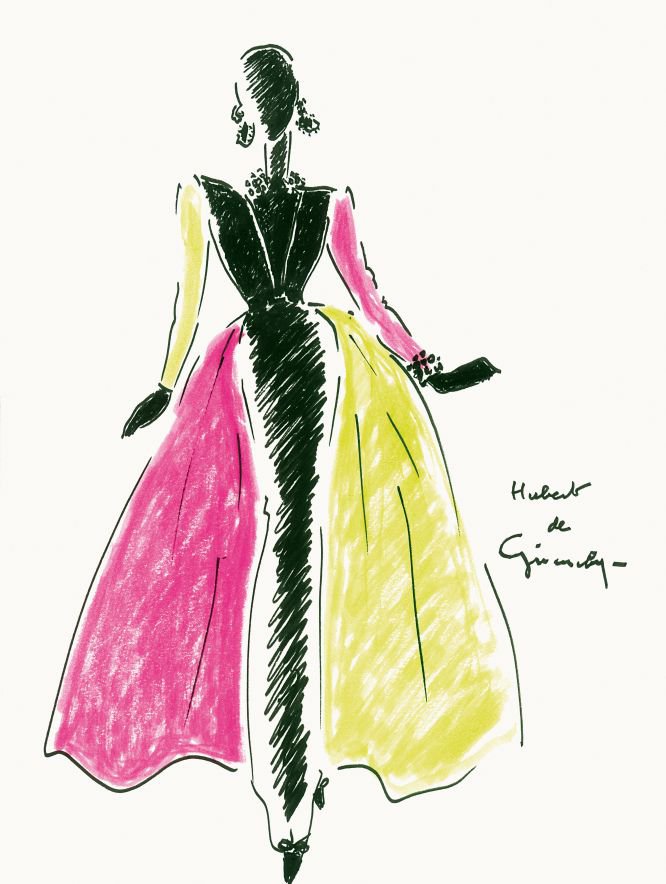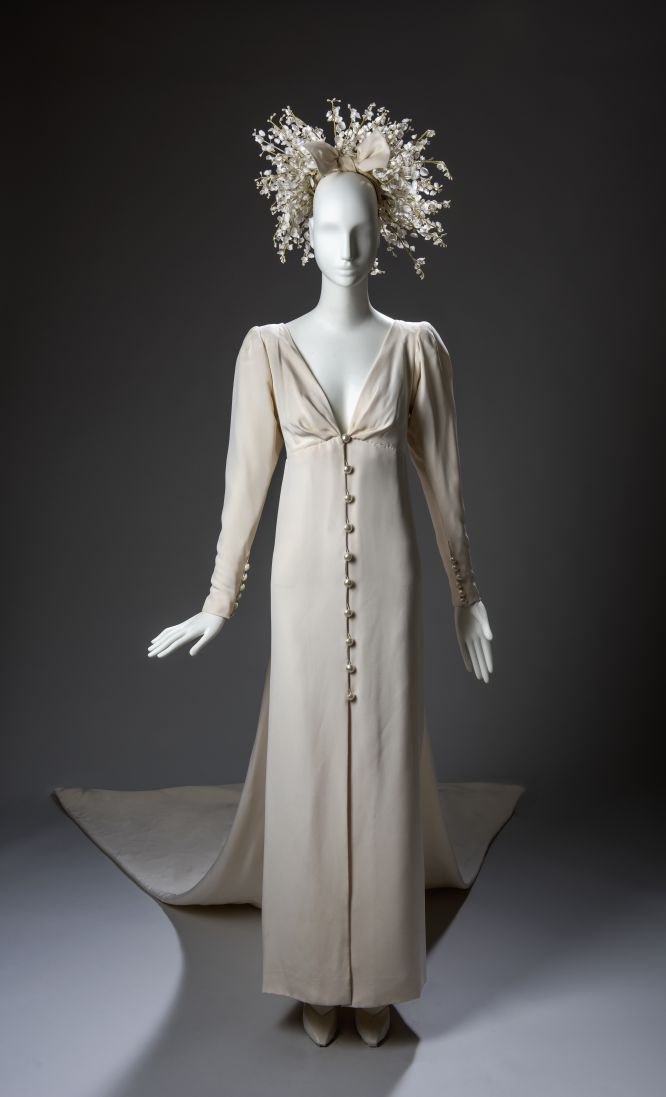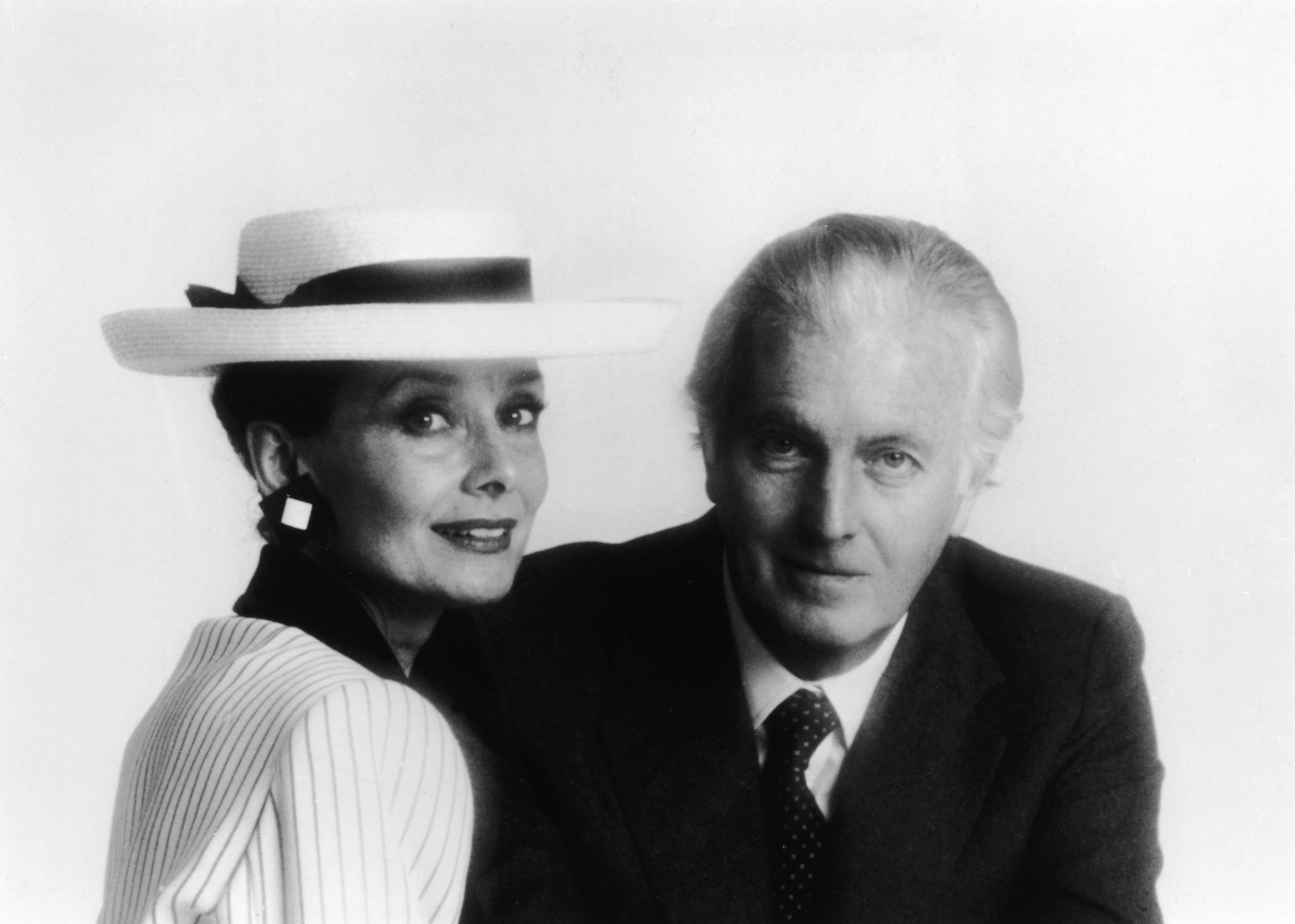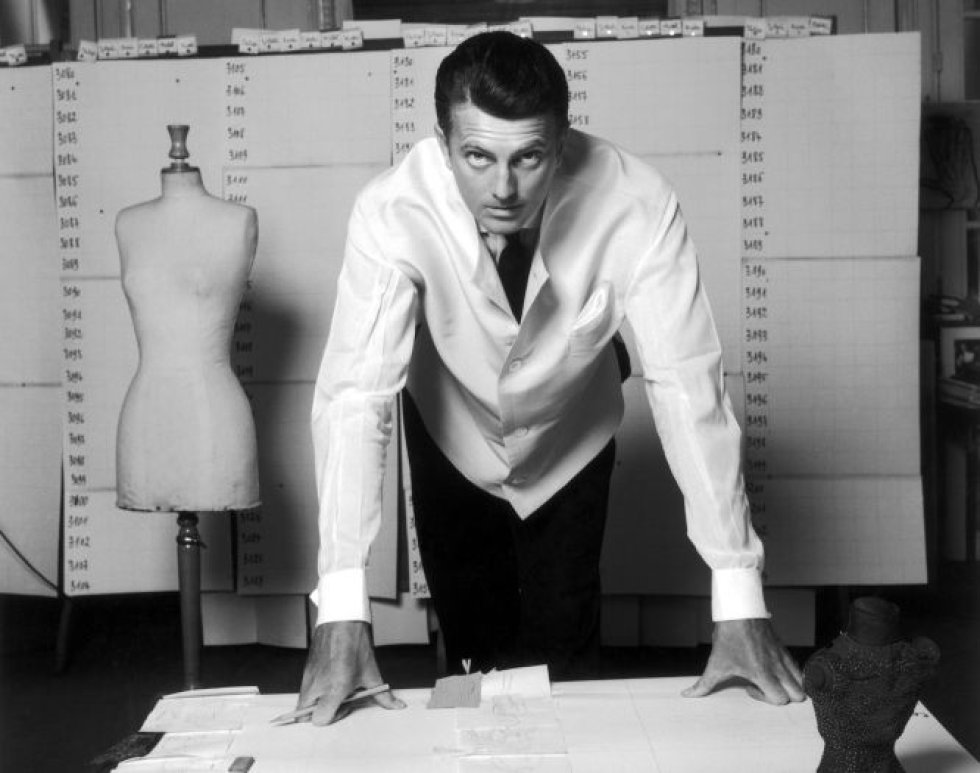
Something hurts in the depths of the fashion industry when one of the great masters vanishes.It is as if the end of a prosperous cycle or a stage of great achievements is over to give rise to uncertainty.The nostalgia of thinking that any past time was better is a bad companion.
This week, the sector has lost one of its top representatives, Hubert de Givenchy.The French couturier died in his sleep on Saturday aged 91. Givenchy defined himself as “The eternal apprentice”, he left this world whilst dreaming.It’s funny how visionaries do not stop dreaming until their last breath.
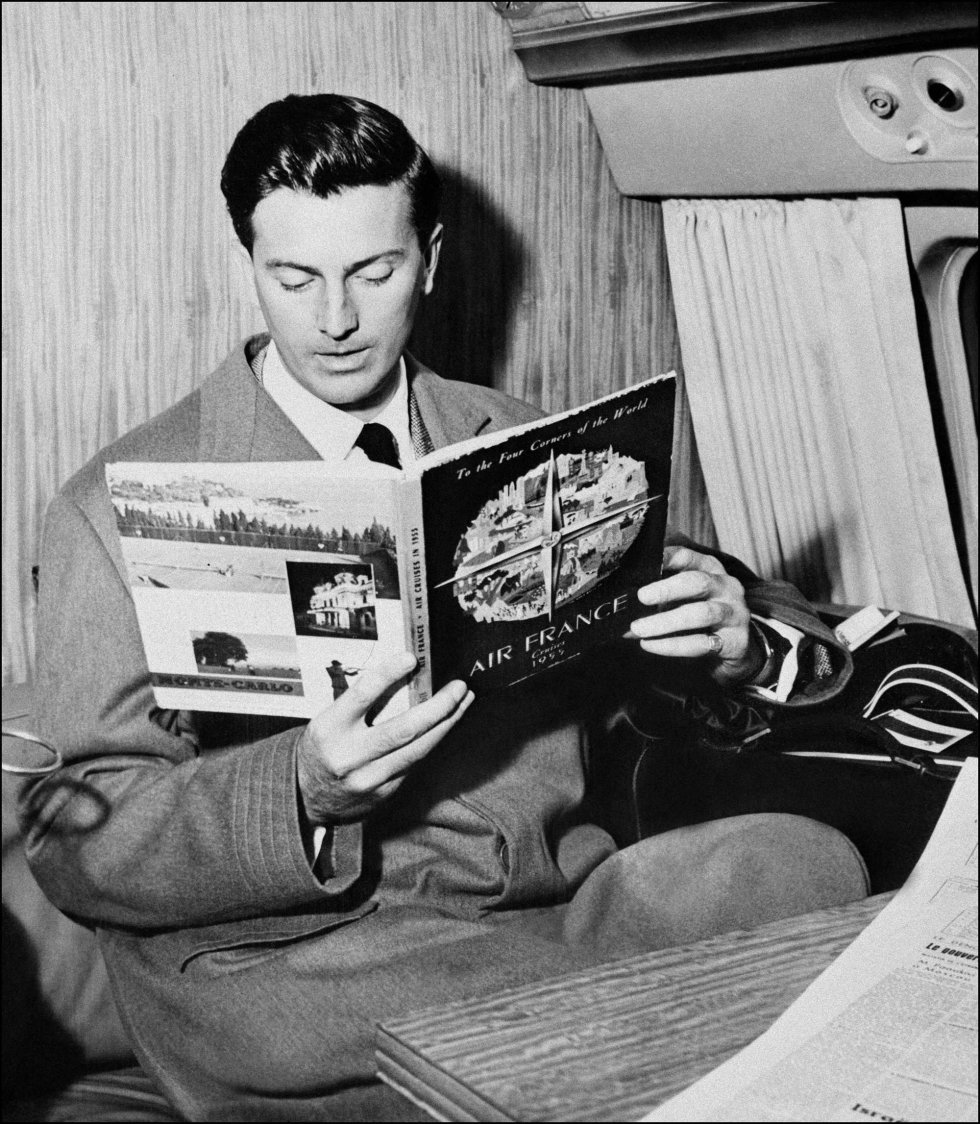
A career between fabrics
Hubert de Givenchy was born on 21st February, 1927 in Beauvais in a Protestant family belonging to the French nobility. His father died when he was two years old and the designer was raised with his mother and grandfather who owned a tapestry factory in which he also collected fabrics, furniture and other typical objects of the time. As he recounted on multiple occasions, from very little he wanted to dedicate his life to the world of the fashion, but it was not a profession that was well seen at the time. In 1944 he left the family nucleus to move to Paris with the dream of being a seamstress. In the French capital he studied at the School of Fine Arts along with other dressmakers such as Robert Piguet or Elsa Shiaparelli. Shortly after arriving he opened his own workshop in Paris and did not hesitate, after a short time, to establish his own brand: the Maison Givenchy , which he began in 1952. Two years later he became the first designer to present a line of luxury ready-to-wear that catapulted him to success. It is also at that time, in 1953, when Givenchy met the teacher Cristóbal Balenciaga with whom he maintained a great friendship and always declared himself an absolute admirer. In fact, the French couturier became the promoter of the Balenciaga Museum, founded in 2011 as a sign of commitment for what he considered a source of inspiration. From Balenciaga he inherited a way of doing and understanding haute couture as a symbol of timeless elegance.
After a long career, in 1988 the luxury group LVMH acquired the Maison Givenchy. The creator relegated his position as the firm’s great owner, although he continued to design collections for the brand. Other designers occupied the position of creative director such as Galliano or until recently, Riccardo Tisci .The same Givenchy retired in 1995 with a symbolic parade in Paris. Despite not being inside the circuit, Hubert de Givenchy never disconnected from the sector he loved until the end of his days: “I will stop making clothes, but will never stop discovering. Life is like a book: you have to know how to turn a page. “A great lesson in life from one of the twentieth century needle masters.
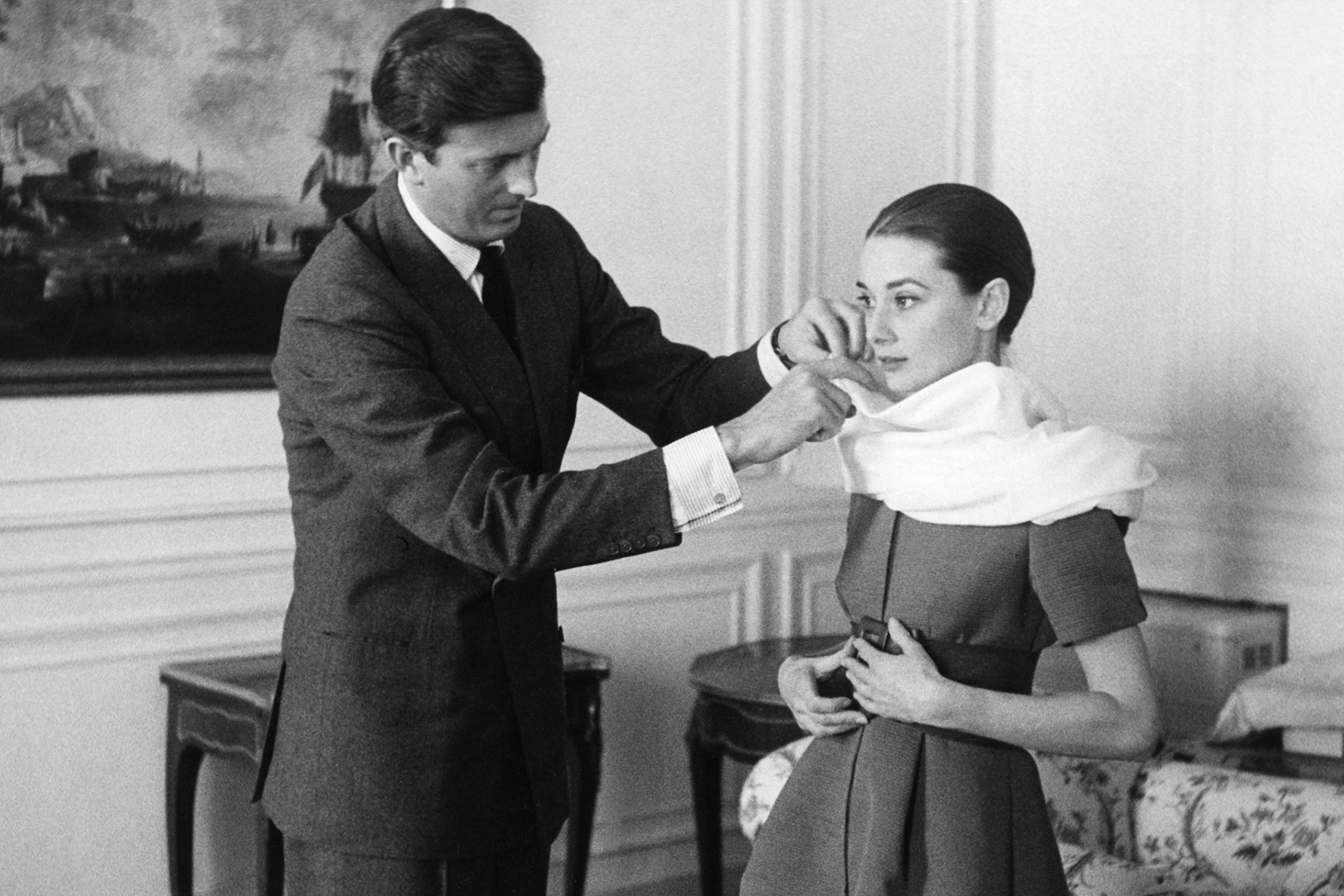
The dressmaker (and friend) of Audrey Hepburn
Givenchy dressed up key personalities of the 20th century, such as Jacqueline Kennedy, Wallis Simpson, Grace Kelly, or Carolina de Monaco. His favourite however was always Audrey Hepburn. In fact, beyond the professional, the actress was his muse and friend for years. The first encounter with the Belgian actress arose in 1953 at a key moment. Then, Hubert de Givenchy agreed to lend her several models for the movie ‘Sabrina’ that would be released a year later. That collaboration marked the beginning of all the collaborations that were ton come on and off the big screen. The designer created for the actress iconic designs such as the black dress she wore in ‘Breakfast at Tiffany’s (1961); the creations portrayed by Fred Ataire in ‘Angel Face’ (1957) or the lace piece and black mask worn by Hepburn in ‘How to Steal a Million’ (1966). They had so much mutual trust and admiration, that Givenchy even had a book of sketches dedicated to Hepburn, entitled ‘To Audrey with love’. “I always respected Audrey’s taste. She was not like other movie stars because she liked simplicity, “said his muse’s couturier.
